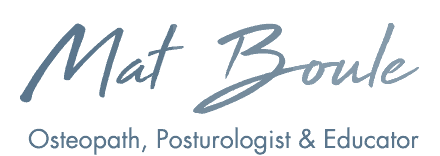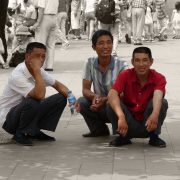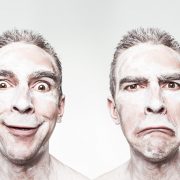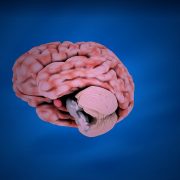Italian and Canadian researchers have studied the stress response in teenagers. 150 kids between the ages of 8 and 9 years old were studied. Some already presented with anxiety traits. We studied these children until the age of 14-15 years old. What we found is exciting!
Laura Muzzarelli stipulated that when anxious kids would see angry faces, their amygdala was activated. The amygdala is a region of the brain responsible for emotions, memory and the stress response.
This fact is widely known. What is interesting is that, for some, there was activation of the pre motor cortex to inhibit the stress response. The classical role of the prefrontal lobe is to prepare the body for action. It is the first time that we demonstrate that a stress response activates motor areas of the brain.
Maybe this activation, for some, of the pre motor zones, has a role to play in how we can freeze when we are scared?
When one considers that Posturology can improve the function of the pre motor areas, could it be that it can contribute to being more balanced psychologically?
http://neurosciencenews.com/anxiety-amygdala-premotor-cortex-5071/




